A flyer isn’t just a flyer. If you plan to make one, you have to know how to make the perfect impression to attract your target audience.
Sure, an online flyer maker can help you make the perfect design. However, if you really want to stand out, you must know the principles behind creating a catchy flyer. With that, below is a step-by-step guide on how to design a club flyer.
1. Pick the Right Club Flyer

Unsplash-Fakurian Design
Suppose it’s your first time to create a catchy flyer. In that case, it’s easy to get excited and jump straight into picking colors and choosing images. And if you start with that step, there’s a good chance you could mess up the final result.
To create the perfect flyer for your event, it’s good to start with choosing the right paper. Ideally, if you distribute flyers, your best bet is the A5 and A6 flyers. However, if you post your flyers on walls, stick with the standard A4 or A3 flyers. With their size, they will definitely stand out.
Apart from size, you should also determine the quality of the paper you’re going to use. Believe it or not, how your paper looks and feels has a massive effect on people’s impressions. Since you promote your club and your event, you wouldn’t want to appear cheap.
2. Use an Eye-Catching Image
In making a club flyer, pictures are really important. Considering this, you need to know how to pick really eye-catching ones.
Make sure that the photos you use are striking but in a good way. If you do a quick search online, you’ll find a lot of flyer designs that look too busy. These flyers have so many images that it’s hard to know which area you should focus on.
Pick a striking image and use it as a base for your overall design to avoid that mistake. You can use a scene, person, or an abstract design as long as it relates to what you promote.
Just stick with one key concept and build your flyer around that. In case you are having a hard time finding catchy images, you can look into Venngage. It has a lot of high-quality images you can use in making any kind of flyer. And suppose you’re new to designing flyers. In that case, you can also use its massive collection of templates that are perfect for both new and veteran designers.
3. Pay attention to the Font
Next to the image, the correct typography is critical to creating a catchy club flyer.
An excellent tip to follow when picking the right font is to base it on your club’s name or your event. For example, if your club has a futuristic theme, you can use futuristic fonts like Ailerons or Blanka. On the other hand, if it’s a throwback event, fonts like Designer Block and Geo Regular are great choices.
Apart from picking the right font style, you should also determine the correct size to use. Your flyer should be easy to read, even from afar.
4. Play with the Right Colors

Unsplash-Grabstar
If you’ve been doing your research well, you will notice that most club flyers use dark backgrounds and bright fonts and images. The contrast they make somehow reflects what you’ll see in a club with lots of flashing strobe lights.
So, when you’re making your club flyer template, it’s a good idea to start working with a dark background. Then, add your text with a neon effect. You can use many online tools to achieve the impact you want with contrasting colors.
5. Don’t Forget the Important Details
After you’ve hooked your target audience with your design, you must let them know what to do next. For example, if they need to sign up for the event, you should let them know how.
Include important details like your contact number, email, address, and website. Don’t forget to include the date, time, and location of your club or event, too. If there’s a dress code, put it on your flyers as well.
Bonus Tip: Add an Offer They Can’t Resist
Making catchy flyers is one way to attract potential customers. However, if you really want to seal the deal, you can also try including enticing discounts and offers.
For example, you can offer free entry with the flyer. You can also offer to get them a drink for attending your event with the flyer.
The trick is to make them want to hold onto the flyer until the actual date and time of the event. Then, your audience won’t forget about your club with the flyer around. Think of it as the perfect reminder and an assurance that they will come and see you.
Extra Bonus Tip: Don’t start from scratch
Great flyers don’t need to be made from scratch. Take advantage of free flyer makers like the ones from Venngage. It’s easy to sign up, and zero design skills are needed!




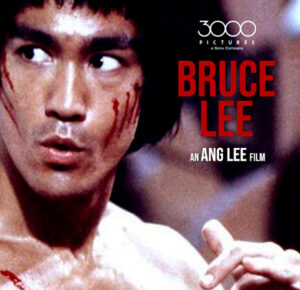





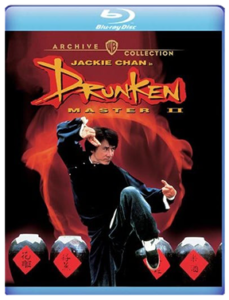
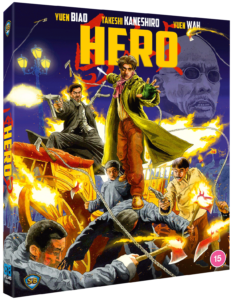

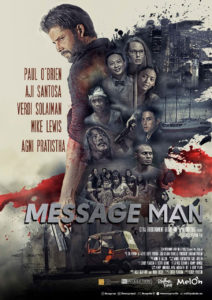
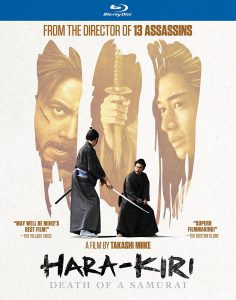



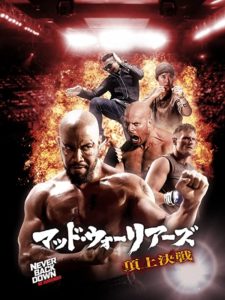
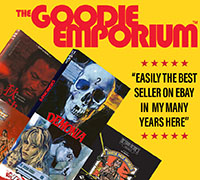

Be the 1st to Comment